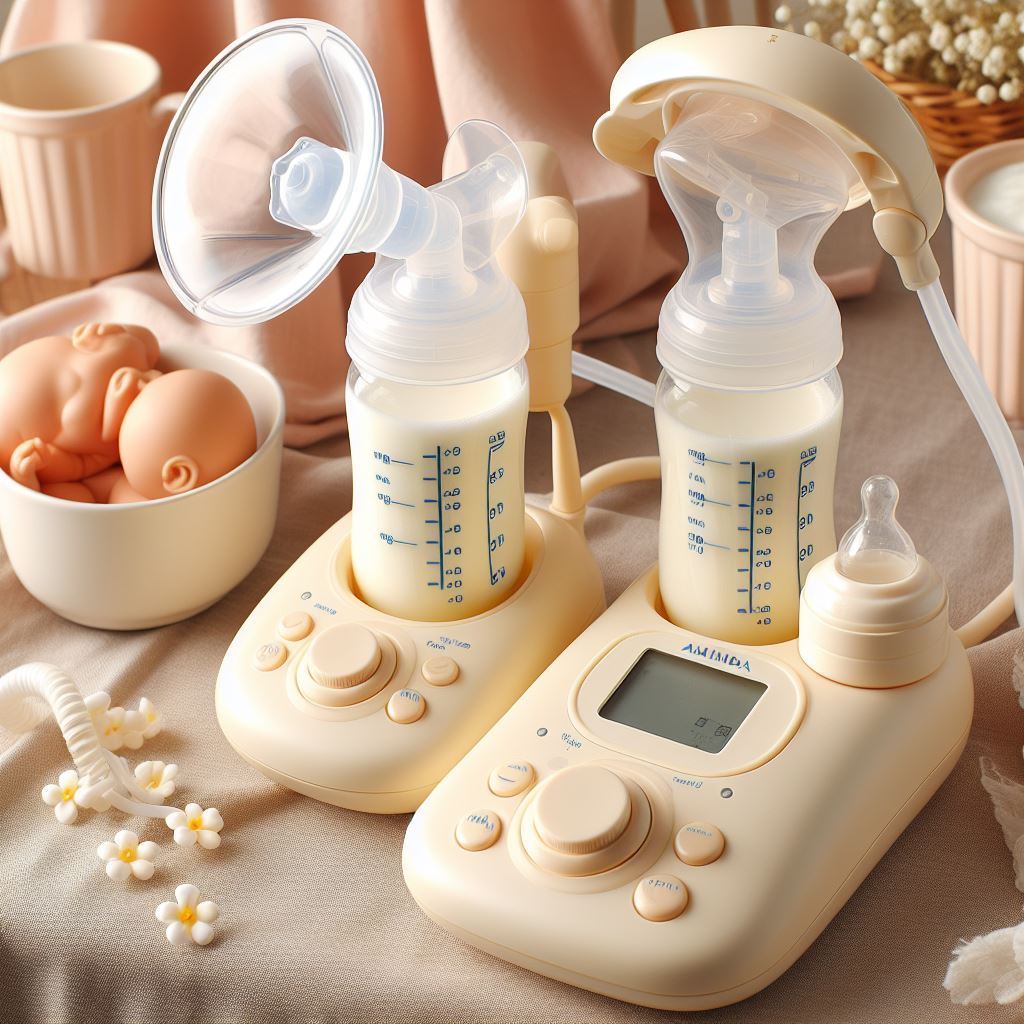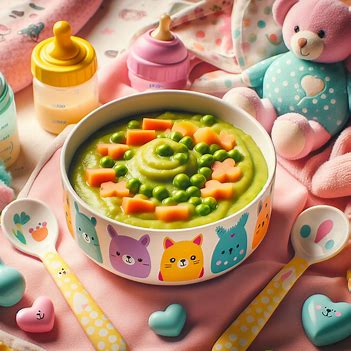Breastfeeding is an essential part of a baby’s early life, but sometimes, due to various reasons, it might not always be straightforward. This is where breast pumps step in, offering mothers flexibility, comfort, and convenience while ensuring their baby still receives the valuable nourishment of breast milk. In this comprehensive guide, we dive into the world of breast pumps, analyzing and recommending the best options available in 2023 tested by real mums and experts.
Electric vs Manual Breast Pumps
Electric Breast Pumps:
Electric pumps, powered by mains, USB, or batteries, offer efficiency and control. Mimicking a baby’s feeding pattern, these pumps facilitate larger milk volumes in less time. They come in single or double options, suitable for different needs.
Manual Breast Pumps:
These pumps, available as handle-operated or vacuum suction devices, offer portability and simplicity. While requiring more effort and time, they’re quieter, more compact, and suitable for occasional use.

Choosing the Right Pump for You
Factors to Consider:
- Type of Use: Identify your pumping needs—frequent, occasional, or discreet pumping at work or while on the go.
- Portability: Consider wireless, battery-operated, or wearable pumps for mobility and convenience.
- Price Range: Evaluate the cost range, from budget-friendly to high-tech options, based on your budget and requirements.
- Ease of Cleaning: Opt for pumps with fewer parts or dishwasher-safe components for hassle-free maintenance.
Top Electric Breast Pumps for 2023
- Elvie Single Breast Pump – A smart, wearable, and silent pump praised for its discretion and ease of use.
- Fraupow Wearable Pump – A budget-friendly, portable pump offering good suction and convenience.
- Pippeta Compact LED Handsfree Breast Pump – Known for powerful pumping with comfortable wearability.
- Medela Freestyle Hands-free Double Electric Wearable Breast Pump – Lightweight, smart, and efficient for double pumping.
- Wren Hands-free Double Breast Pump – A competitively priced, wearable double pump with added accessories.
Each pump caters to different needs, whether discretion, power, or affordability, providing a comprehensive range of choices for nursing mothers.
Insights and Recommendations
Our reviews are based on rigorous testing by real moms, highlighting strengths, weaknesses, and user experiences. From leakage concerns to ease of assembly, each pump’s practicality and performance have been thoroughly assessed.
Absolutely! Proper maintenance of breast pumps is crucial for their efficiency and to ensure they remain safe. Here are some key tips:
Award-Winning Breastmilk Baby Bottle
Daily Cleaning:
- Disassemble and Wash: After each use, disassemble the pump parts that come in contact with milk, like flanges, valves, and bottles. Wash them with warm, soapy water.
- Rinse Thoroughly: Rinse all parts thoroughly to remove any soap residue. Use a bottle brush to clean hard-to-reach areas.
- Air Dry: Allow all parts to air dry on a clean surface or dry with a clean cloth or paper towel. Avoid using towels that could leave fibres on the equipment.
Periodic Cleaning and Maintenance:
- Sterilization: Some parts can be sterilized. Follow the manufacturer’s instructions for sterilizing parts that come in contact with breast milk, especially if your baby is premature or has a weakened immune system.
- Inspect Regularly: Check the pump parts, including tubes and valves, for wear and tear. Replace any parts that show signs of damage to maintain the pump’s efficiency.
- Store Properly: Store the pump in a clean and dry place when not in use. Ensure all parts are dry before storage to prevent mould growth.
- Follow Manufacturer’s Instructions: Each pump may have specific maintenance guidelines provided by the manufacturer. Adhere to these instructions for the best care.
Hygiene Practices:
- Hand Washing: Wash your hands thoroughly before handling the breast pump or its parts to prevent contamination.
- Clean Environment: Choose a clean and sanitized area for pump assembly and use. Minimize exposure to dust or potential contaminants.
- Avoid Sharing Parts: If you’re sharing a pump or its parts, ensure they are properly cleaned and sanitized between uses to prevent the spread of germs.
- Personal Use Only: Whenever possible, use a pump intended for personal use. Hospital-grade pumps might be shared but still need careful maintenance.
Storage:
- Label and Store Milk Properly: After pumping, label the expressed milk with the date and store it in clean, sanitized containers in the refrigerator or freezer.
- Use Within Safe Timeframes: Follow recommended guidelines for storing expressed breast milk. Use refrigerated milk within a few days and frozen milk within the recommended duration.
By following these maintenance tips, you can ensure the longevity and efficiency of your breast pump while prioritizing hygiene and safety for both you and your baby.
Conclusion
A breast pump is a personal decision influenced by lifestyle, preferences, and nursing requirements. Understanding the diverse options available empowers mothers to make informed choices, ensuring a smoother breastfeeding journey.
Remember, seeking advice from healthcare professionals and considering individual circumstances are crucial in determining the right breast pump for you and your baby.
Breast pumps are not just tools; they’re companions on a journey that’s unique to every mother and child—a journey defined by care, nurturing, and the precious bond between a mother and her baby.
Whether it’s the discreet efficiency of a wearable pump or the convenience of a powerful electric pump, the best breast pump is the one that perfectly complements your motherhood journey.
Stay informed, stay empowered, and embrace the journey of nurturing your little one!
Checkout Nanobébé Online Store




